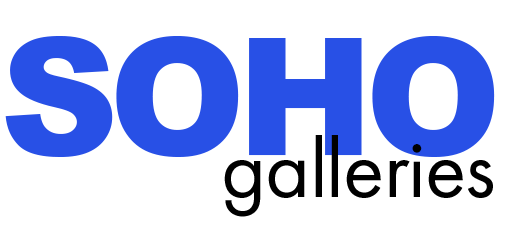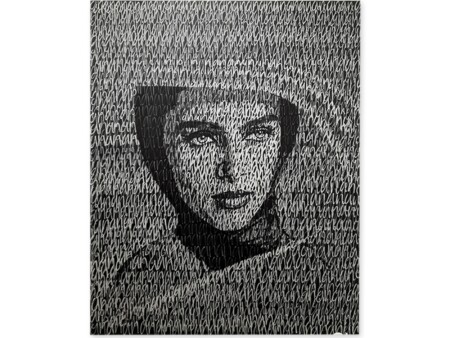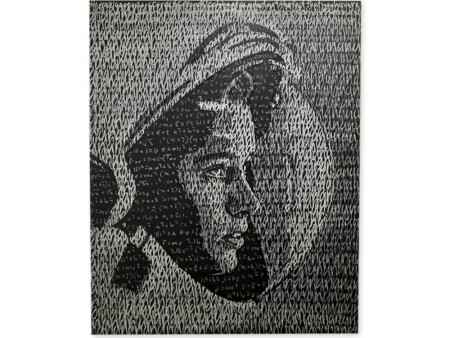Moores, Harry
Artwork Filter:
Showing all 2 resultsSorted by price: low to high
Artwork Filter:
Moores, Harry
Harry Moores has made a name for himself for his depictions of iconic portraits, rendered in repeated abstract text, numbers or phrases. By combining words and images in one artwork - Moores creates an interesting tension, challenging the viewer to simultaneously read words and images- calling on different mental processes or faculties.
Harry Moores, describes his work as a contemporary look at portraiture. His work taps into the equivocal nature of abstraction, fusing this with lucid representations, and often, unmistakable familiarity. Harry Moores was born in October 1987 and raised in New Plymouth. His interest in art started in high school, where he was taught by bronze artist, John Tullet, at New Plymouth Boys High School. After leaving school Moores and his brother set up an art studio called ‘The Drawing Room’ where he began to create sketches that were instructed more by intuition than by volition. He states: “I found harmony in the facility and spaces of these lines, and I later found out that I was in some shape or form ‘automatic drawing’. I continued to draw and paint realistically before combining the ambiguity of automatism*, with realistic representations of people. I feel that there is something between these two opposites that touches at a sensation of art.” Moores aims to find a meeting point between two opposites in his art, and, in the process allow the viewer to see/feel something that is not quite understood. He believes that the whole world is founded on dualistic principles, but likes to think there is a meeting point where both things can have a sense of correctness and not alienate and oppose.
Harry Moore's work calls to mind an old saying- "A picture is worth a thousand words", this phrase suggests that complex and sometimes multiple ideas can be conveyed by a single still image, distilling its meaning or essence more effectively than verbal or written description.
Using high contrast black and white Harry Moores sets up a theme of opposites, which is furthered by the experience of standing close and far away from his paintings- up close the eye detects more text; yet from far more imagery emerges. This micro and macro sets up an experiential element to to the work.
Harry Moores, describes his work as a contemporary look at portraiture. His work taps into the equivocal nature of abstraction, fusing this with lucid representations, and often, unmistakable familiarity. Harry Moores was born in October 1987 and raised in New Plymouth. His interest in art started in high school, where he was taught by bronze artist, John Tullet, at New Plymouth Boys High School. After leaving school Moores and his brother set up an art studio called ‘The Drawing Room’ where he began to create sketches that were instructed more by intuition than by volition. He states: “I found harmony in the facility and spaces of these lines, and I later found out that I was in some shape or form ‘automatic drawing’. I continued to draw and paint realistically before combining the ambiguity of automatism*, with realistic representations of people. I feel that there is something between these two opposites that touches at a sensation of art.” Moores aims to find a meeting point between two opposites in his art, and, in the process allow the viewer to see/feel something that is not quite understood. He believes that the whole world is founded on dualistic principles, but likes to think there is a meeting point where both things can have a sense of correctness and not alienate and oppose.
Harry Moore's work calls to mind an old saying- "A picture is worth a thousand words", this phrase suggests that complex and sometimes multiple ideas can be conveyed by a single still image, distilling its meaning or essence more effectively than verbal or written description.
Using high contrast black and white Harry Moores sets up a theme of opposites, which is furthered by the experience of standing close and far away from his paintings- up close the eye detects more text; yet from far more imagery emerges. This micro and macro sets up an experiential element to to the work.


